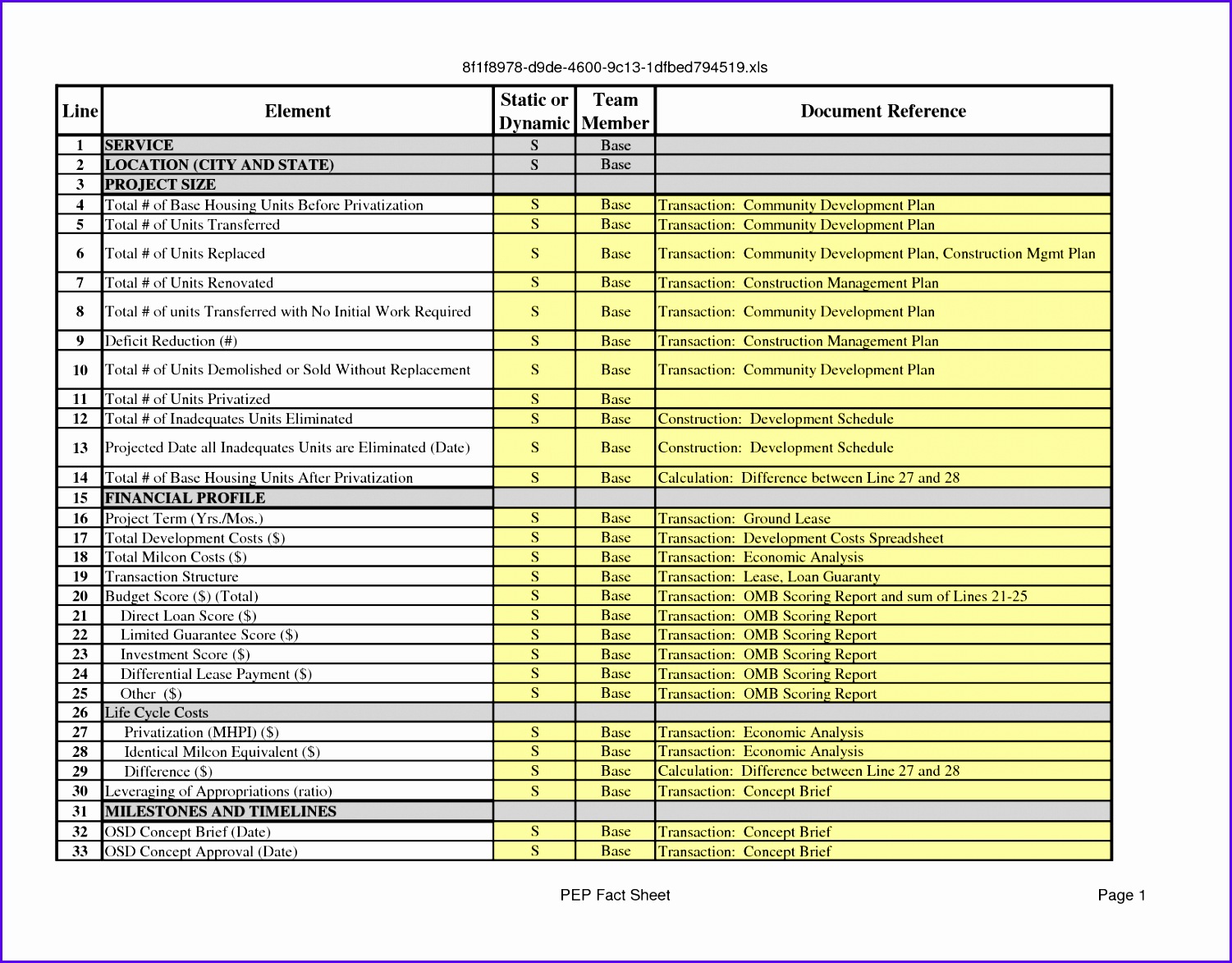
Users craft their needs in the form of a narrative known as a story. This is very important to ensure every area is covered and reduce the need for unnecessary and frequent updates. Usually, before you start a project, you must consult all parties involved, including and most importantly your end-users. Remember to keep them simple and precise to reduce outcome discrepancies. Most importantly, agile objectives must be a source of inspiration to teams and pose challenges as well. When setting objectives, they should be memorable and qualitatively describe what you want to achieve at the end. They clearly describe the intentions and functionality of a system. In Agile projects, these goals are known as objectives. When you want to achieve something, you should come up with goals based on predictable outcomes. Therefore, tasks should at least have a formal estimation of when you are expected to complete them. It is possible not to adhere to a certain timetable and stick to it for the rest of the project. You should also leave an open channel for help to pass through.Įvery task must meet the least requirements of a project. Though you should strive to provide the best, allocate tasks according to the abilities and the capacity of your members. Measurable tasks provide answers to the question, “what should I do and for how long?” This prevents tasks from overlapping and blurring goals. You will be successful when your task requirements are clear and understandable. To reduce the risks of mishaps, your tasks should be SMART.


Depending on the complexities of a task, members may pair up within a team to gang up on a task(s) to complete it within the shortest possible time, probably within a day. If you break down teams farther, you will remain with individual developers who work on a specific task.Ī task typically means something like testing data or validating assumptions. What is a task?Įvery project has its principles, baselines, and, of course, objectives that teams will act upon. To further your understanding of this futuristic management strategy, here are more things you should understand. This is often called a retrospective.Īddressing challenges is crucial to ensure you are at par with customer desires and needs…Īlso known as iterations, several sprints form a release. Before moving on to the next sprint, teams will discuss the previous sprint’s challenges. Completed projects are then reviewed by the entire team, who review the progress concerning objectives. Normally developers allocate a maximum of one-month time frame to each sprint to create a product of the highest value and a minimum of one week. It is at the heart of Agile methodology, and getting it right will help you iron out future problems. What is a sprint?Ī Sprint is a set of activities that work with cross-functional teams and involves planning, designing, analysis, testing, and delivery. To understand how you can use them hand in hand, let us define the latter. Release and Sprints have a direct relationship. Also, it can be used to imply substantial updates on an already completed project.

In better terms, a release is, therefore, a completed phase of a product that can be presented to customers to show how you are faring with the project. However, not all partially completed phases do not qualify as releases.Ī segment qualifies as a release when substantial updates are made. A release can be a fully or partially completed work phase. In the course of a project, developers work on a specific goal, known as a release. And to achieve that, the methodology focuses on two key aspects Releases and Sprints. Adaptive planning, swift response, problem understanding, and early delivery are among the many things teams work on along the way.Īt the core of Agile Planning is timeliness, i.e., delivering a project within a required time frame or “Sprint”. Instead of relying on a one-time meteoritical launch, teams break down a project into material and digestible bits “increments” that add value to a customer. What Is Agile planning?Īgile is a management technique that helps teams working on certain projects deliver results with few hurdles.

That is an admirable figure, and, on that note, let us dive into Agile planning, define some terms, break down how it works and finally give you a couple of its benefits. A whopping 60% of those who use it have recorded an increase in profit. Research shows that at least 7 out of 10 best-performing companies have adopted the methodology. So it humbly presents Agile, a relatively well-equipped planning methodology with unlimited capabilities. Failure to come up with better plans may result in massive losses, a tarnished reputation and, in worst scenarios, the collapse of a company.īut while project planning is a tough job, you can always look for solutions in the IT sector. Organizing tasks to meet strategic objectives and long-term goals is one of the many things a company has to go through.


 0 kommentar(er)
0 kommentar(er)
